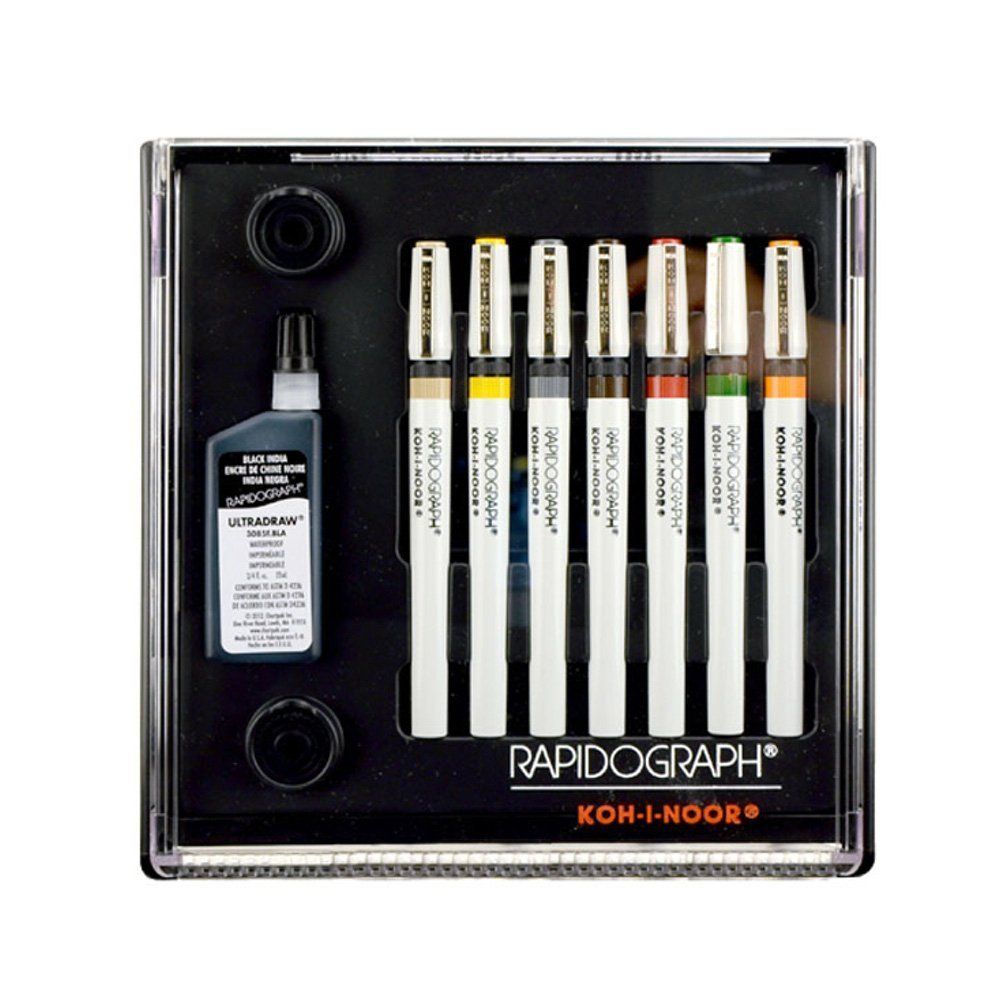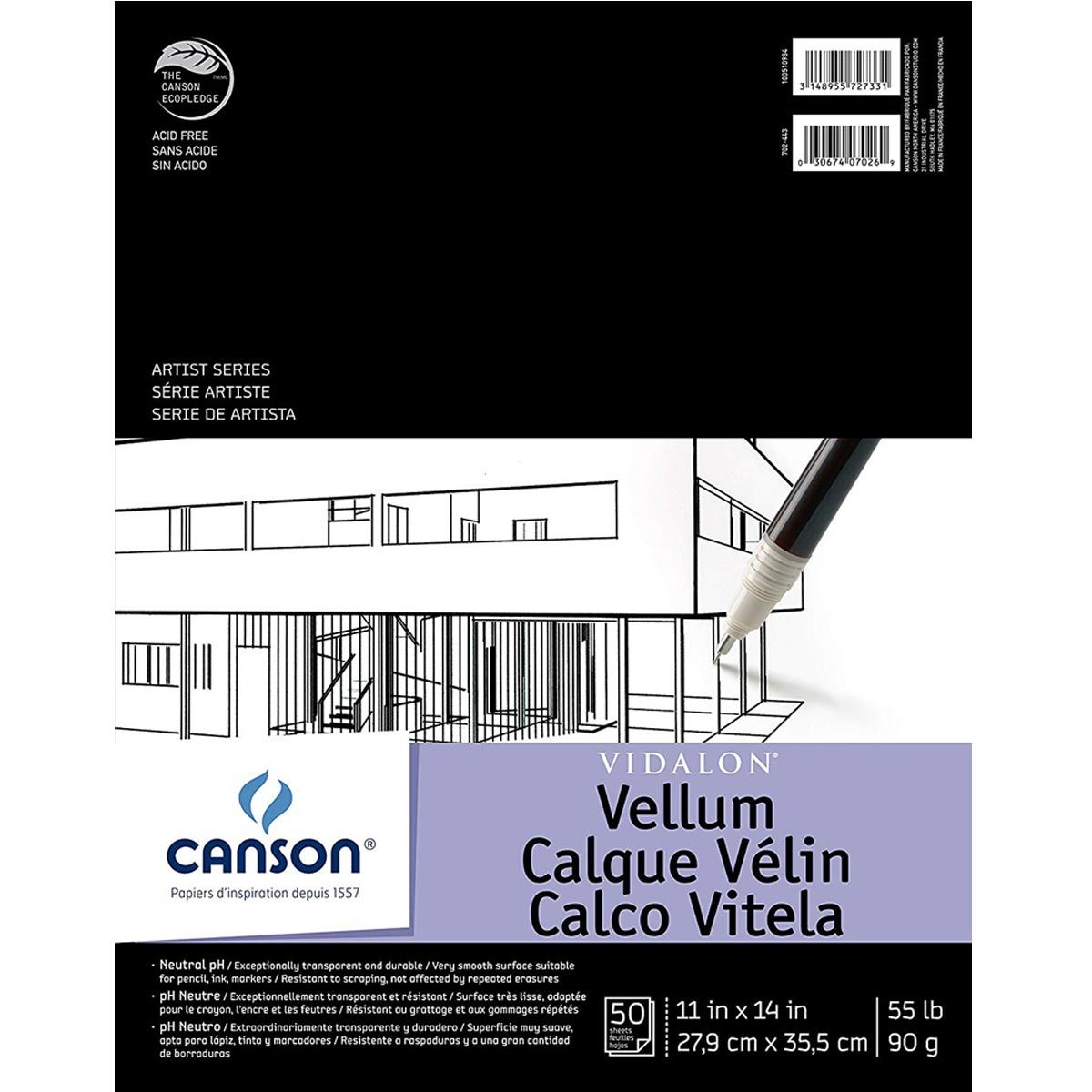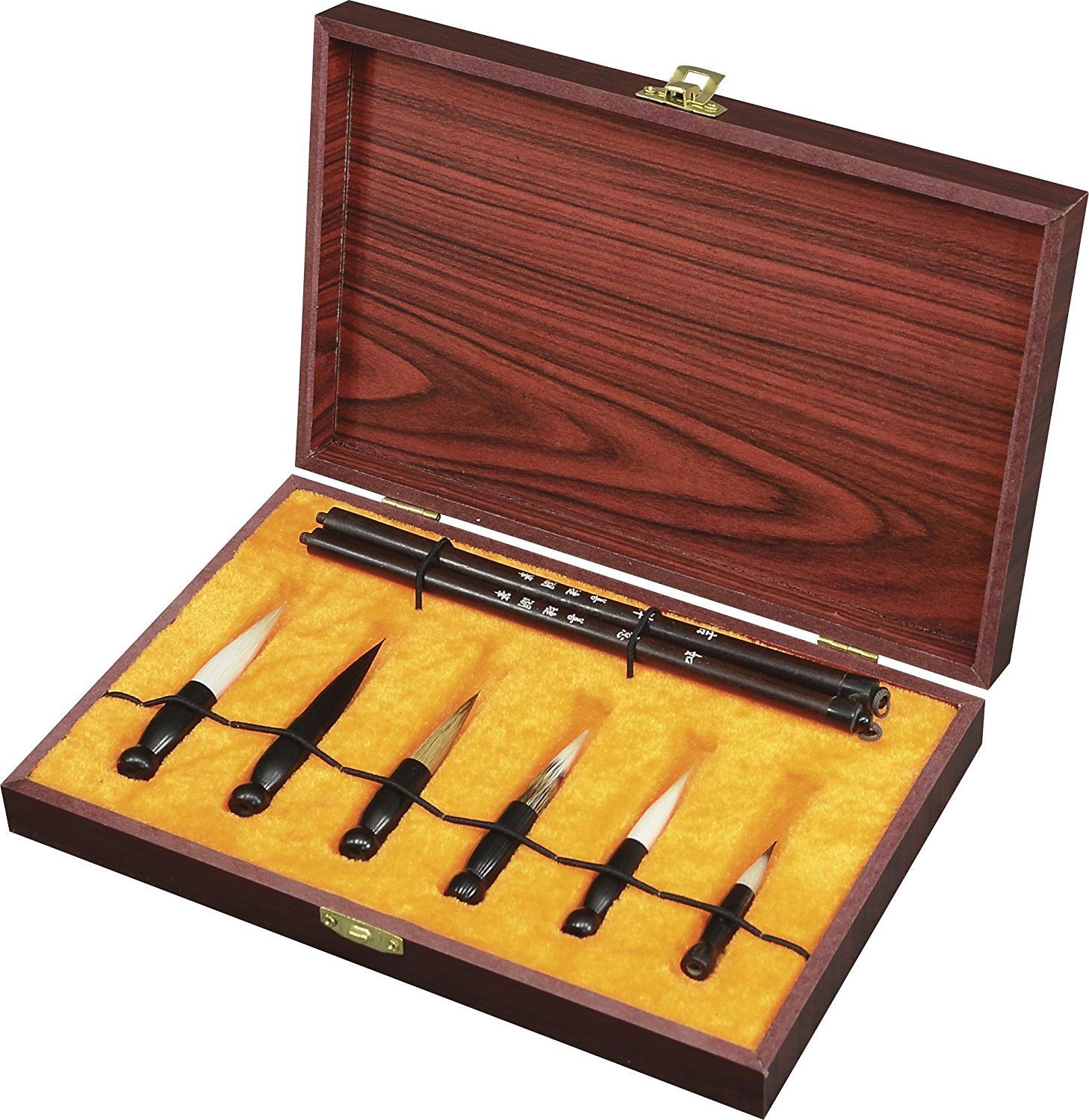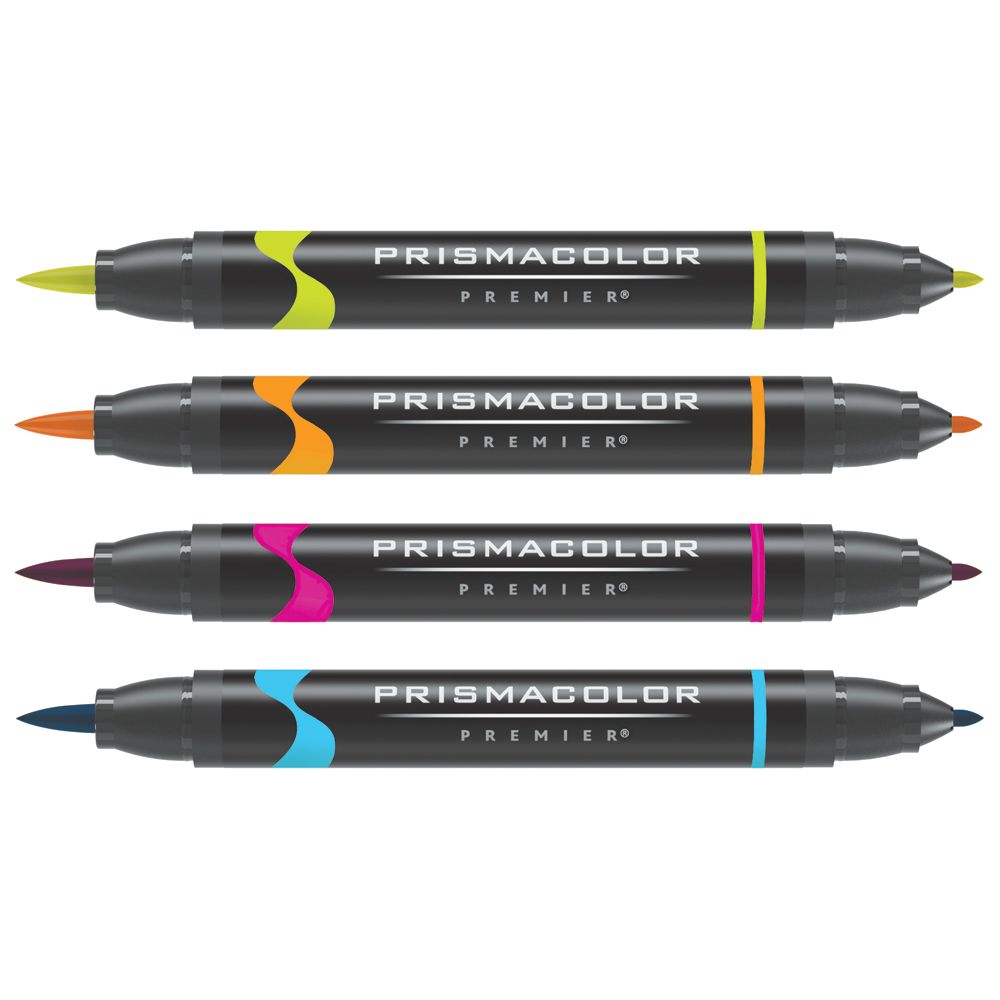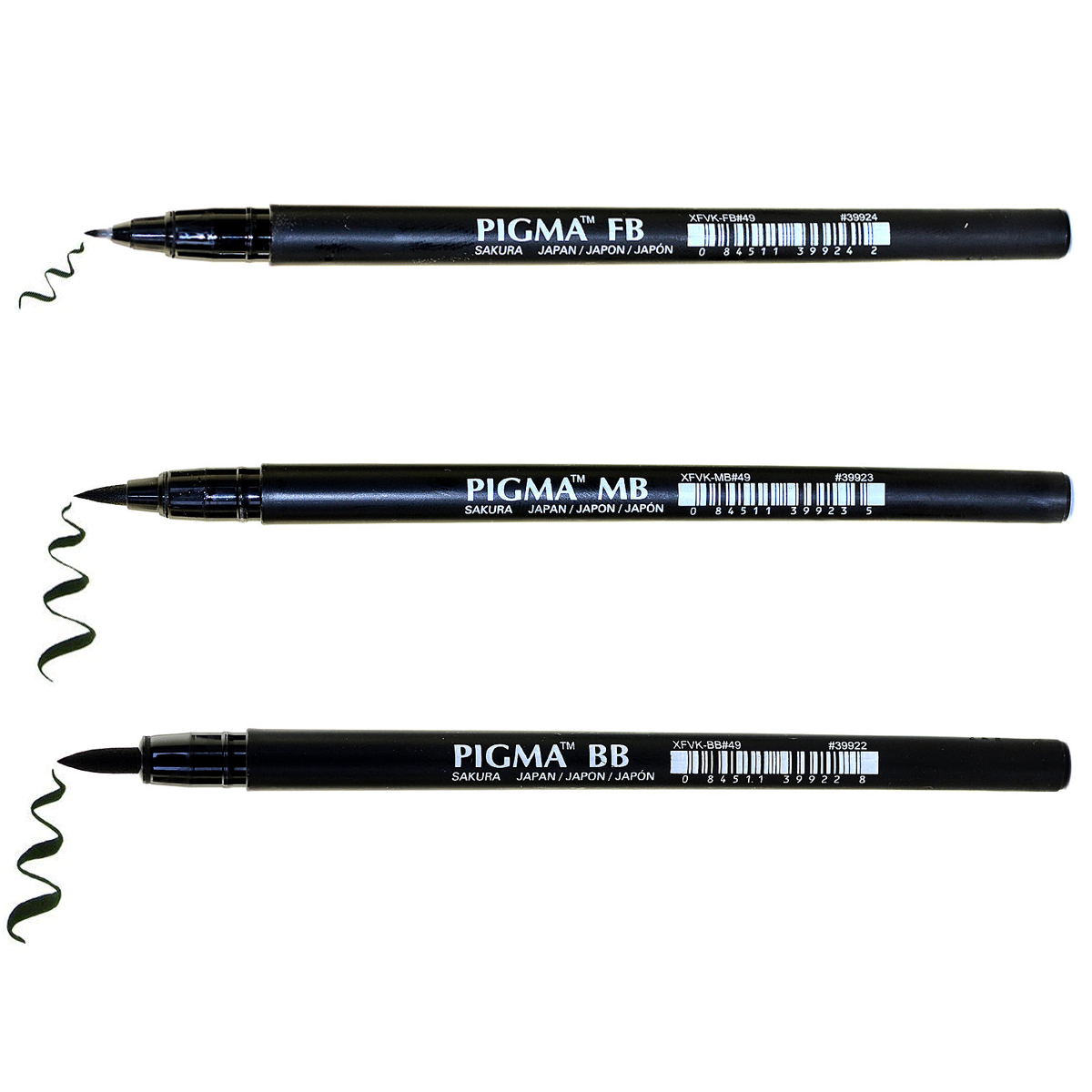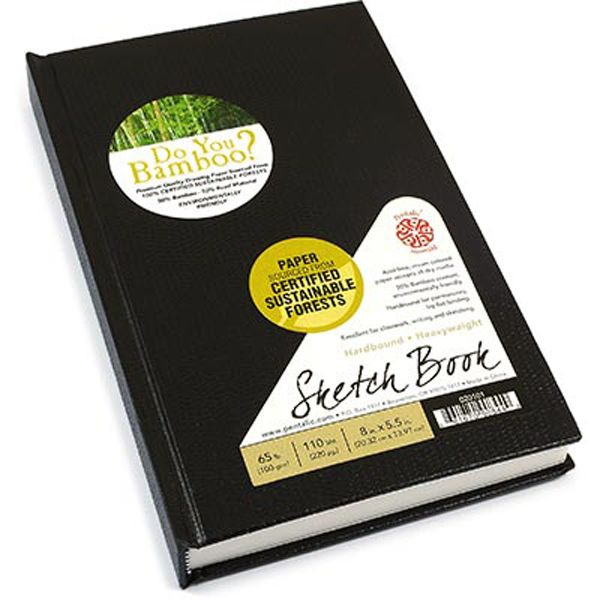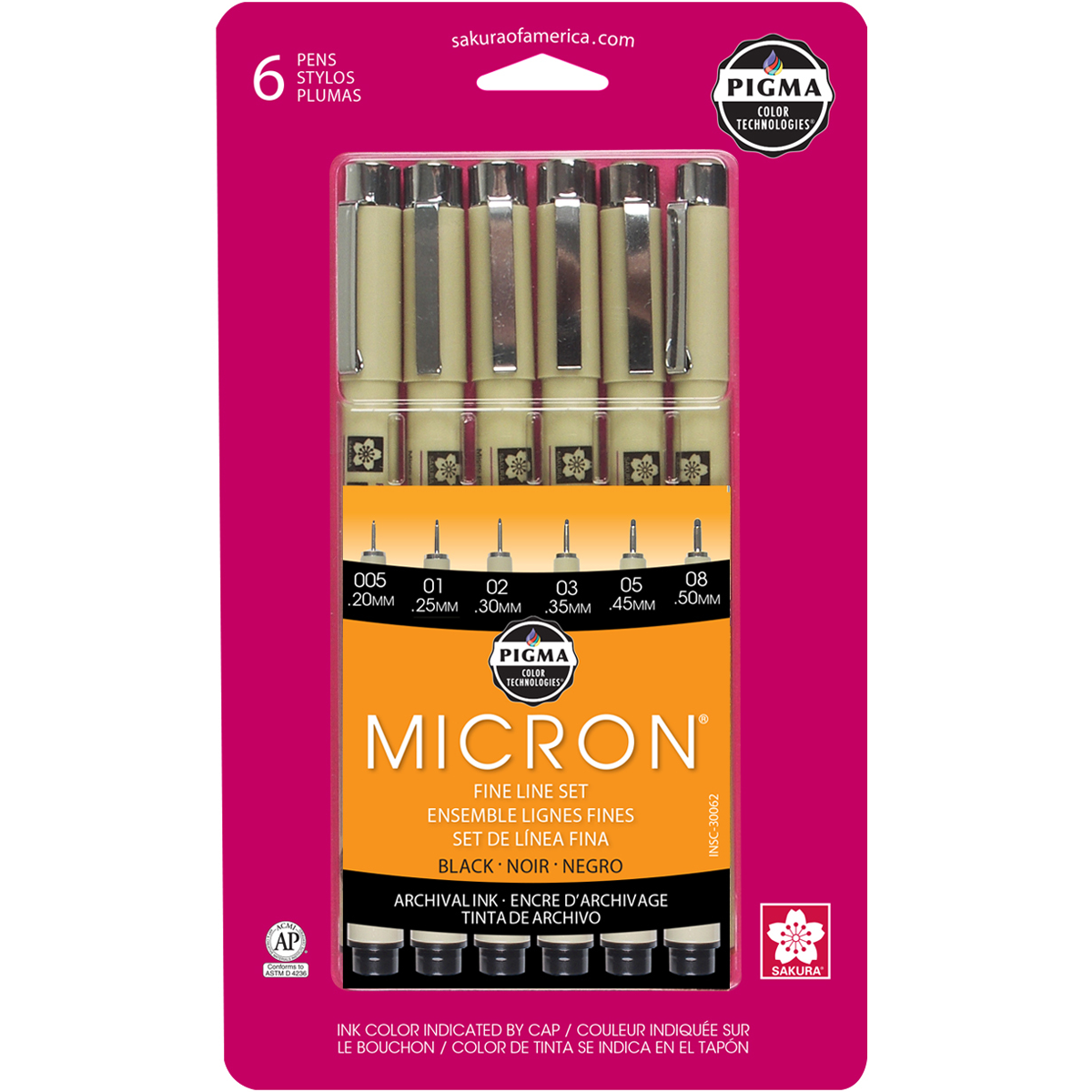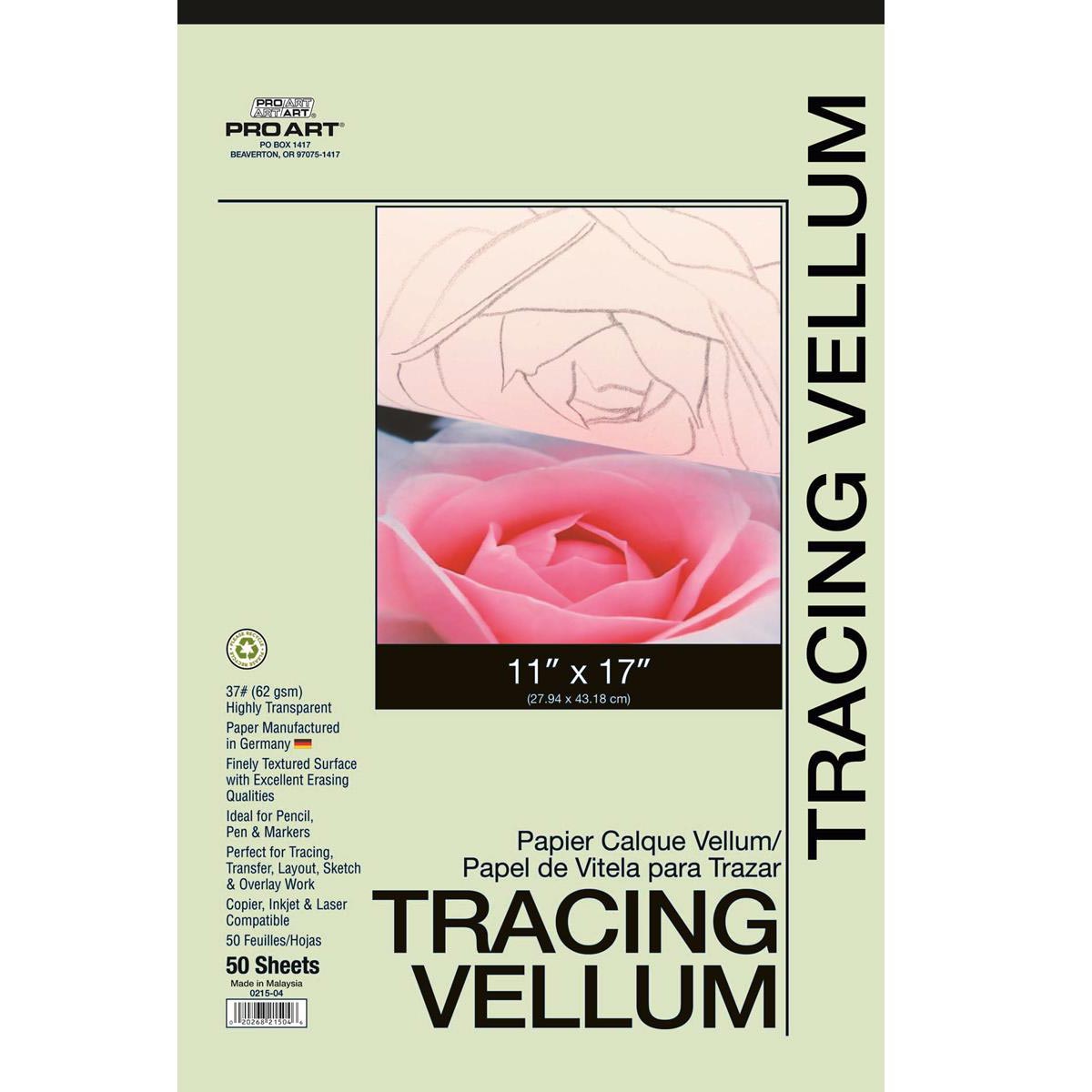The October month is a favourite month for all pen and ink artists as they get to explore and challenge themselves with fun ink and pen drawings.
Ink is fun. The magic of its intense hues, clarity, and fluidity makes it an artist's favourite. Significantly more so if you love working with watercolours. If you desire to indulge in Ink paintings, or are looking to perfect your ink painting techniques, stay with us as we explore some expert Ink tips today! But before that, let's dive into knowing where it came from.
An Introduction to Ink Paintings:
The word 'Ink and wash painting' in fine art signifies an Oriental or East Asian painting form. It is sometimes called brush painting. It is referred to by the Chinese as mo-shui, whereas the Japanese call it suibokuga or Sumi-e, and also, the Koreans identify it as Soomookwa.
The conventional ink and wash painting medium is black ink, usually applied to paper or silk with long-haired brushes (from animals such as goats, bears, badgers, rabbits, boars, or sheep).
Ink and wash painting were first used in Chinese art, developed by Wang Wei during the period of Tang Dynasty art (618-907). The technique migrated to Japan in 1350 and gained further growth. It increased its prominence among Japanese artists and calligraphers during the Muromachi period (1338-1573).
Usually, the inks used were either made from carbon-based materials (bistre), such as charcoal, or insect or shellfish-derived berries or dyes. Nevertheless, more recent Indian gum-based ink is less likely to fade. Initially, predecessors applied the ink using a dip-pen, the fountain pens', and nowadays felt-tip, and professional drawing pens are more popular. Many Old Masters like Goya, Nicolas Poussin, Rembrandt, and John Constable, Edouard Manet, and Picasso, used ink to produce outstanding artwork.
Ink Painting Techniques to Rock InkTober:
At King's Framing & Art Gallery, you can shop a variety of Inks like acrylic inks, etching inks, calligraphy inks, alcohol inks, screen printing inks, coloured inks, metallic inks, and so on. The list is unending. But that's because we do not want to limit your creativity. So, shop for your favourite Ink products while you educate yourself with the following Ink painting techniques.
Hatching
Hatching is a method used linearly to add meaning. For a given region, the lines used in hatching go more in the same direction. The lines do not cross over one another in this technique. Hatching lines can be parallel or used as cross-contour lines to help describe the object's shape (although cross-hatching can be used in conjunction with hatching). The closest the lines are to each other, the darker the drawing. The farther the lines, the lighter the drawing. It is the best technique to create form and depth.
Cross Hatching
Cross-hatching, involves lines that cross over each other, much like hatching. The more the lines converge, the darker the value. For specifying the piece's outline, cross-hatching may be used for rigid straight lines or as cross contour lines.
Random Lines
Random lines, as the name suggests, are drawing lines in different directions. You can monitor the spectrum of value generated by increasing the frequency of crossing the lines. Several different textures can also be generated by using this ink technique.
Stippling
Stippling applies endless dots to render a drawing's worth. The more dots combine, the darker the object. The more space the dots have between them, the lighter the object. Stippling may take time, but it enables the artist to have full control over the application, yielding incredibly detailed effects.
Cross Contouring
While hatching can flatten your drawing, cross contouring helps to add structure to the drawing. The approach operates like cross-hatching, except the lines follow your subject's contour to make it seem more rounded to three-dimensional.
What is Ink Wash?
Ink wash is a drawing technique that falls between drawing and painting. Since the medium is damp when used, many consider ink washing as a technique of painting. Several coloured ink products can be used to produce washes of paint. However, it should be remembered that the ink wash is of Eastern origin and is almost always finished in black ink.
It takes years of concentration and practise to master traditional ink wash. A special brush called a Sumi brush is added to the eastern ink wash technique.
If you try this ink technique, you will realize that it has many similarities to watercolours. Just as watercolours, lighter colour values are produced by thinning the ink with water. The lighter the value, the more water is found in the mixture. As in watercolour art, ink wash is often better used in layers. Ink wash is better used to work from light to dark values, giving the layers time to dry before adding new layers.
Many conventional watercolour methods, such as wet on wet technique, achieve comparable effects with ink wash. A significant distinction between ink wash and watercolour painting is that ink wash is a little unforgiving. It is hard to correct errors made with ink wash. But a smart thing to do is to work on a reference sheet first. This way, you make sure that you have the correct ink value before adding it to the paper, and if not, you can eliminate errors.
Shop for the best Pens for Ink & Pen Drawings
Every kind of pen can result in a different quality of the line. The type of pen you choose will depend on various factors like line thickness or thinness, and fluidity versus control. It also relies on your drawing style and subject and on what kind of art you decide to draw.
When dealing with just one colour on paper, you're essentially going to work in two colours: the colour of the pen and the colour of the surface. Each one of them is going to complement one another. The blank space in pen and ink sketches is just as critical as the distinctions that you create with the pen. Therefore, you should pay as much attention to what's happening in the background as you are to what you're doing with the pen. This will take a new way of thinking than you may be used to.
You can choose to go with dip pens or technical pens as per your preference. Below are some pens, markers, and ink sets, etc.
Pro Art Bamboo Sumi Calligraphy Brushes
The long-tapered point comes to a needle-sharp tip for Oriental art, calligraphy and watercolour painting. Natural bamboo handle, and natural hair blend of bristle, horse and goat. Comes with a plastic cap to protect the brushes. Also, if you know someone who is participating in the #Inktober2020 challenge, give them the Art Advantage Sumi brush set. It has 6 interchangeable heads which has excellent water holding capacity and is flexible enough to achieve both fine lines and broad strokes.
Prismacolor Premier Markers | Pens
Every artist can appreciate the art markers! The Prismacolor Premier Double-Ended Brush Tip Markers are non-toxic; the alcohol-based ink is beautifully vibrant and available in 68 colours. It lets you switch between styles easily.
Sakura Micron Pigma or Pens The Pigma® Professional Ink Brush Markers form superfine big, bold strokes. Manga and comic artists, illustrators, and lettering art professionals will enjoy the expressiveness of thick to thin strokes with ease and fluidity. The Micron Archival Fine Line Design Pen are archival quality ink for use in acid-free environments. - Chemically stable, waterproof, and fade resistant. - No smears, feathers, or bleed-through on most papers. Try our set Micron Archival Set of 6 pens or Micron Pigma Archival Individual Pen Markers pens.
Be the first to review this product. An ideal product for incredible detail, precision, and permanence.
Koh-I-Noor's Rapidograph technical pens
The Koh-I-Noor's Rapidograph technical pens are remarkably versatile pens that handle like a pencil, moving in all directions without snagging or digging into the drawing surface. Available in various sizes and sets as well.
Shop for the best Surfaces for Ink & Pen Drawings
With Ink drawings, the surface plays an equally important role. So, it becomes crucial to choose just the right and best quality of surface for drawings.
Stillman & Birn Beta Series Premium Soft-Cover Sketch Book
These soft-cover sketch books feature high performance, pH neutral, and lignin- and chloride-free paper. The extra heavy-weight 270 gsm paper has a white cold-press surface and is suitable for dry media and ink.
Vellum Papers are the best ones when it comes to drawing.
The Canson Vidalon Vellum Paper translucent and acid free pads are ideal for Pencil, Ink and Markers. The paper is resistant to scraping and not affected by repeated erasures. Bee Paper Gateway Deluxe Tracing Vellum is a premium quality, naturally translucent paper. It has neutral pH, lignin free, chemical free and FSC certified. This extremely dense, nonporous sheet is excellent for use with markers, pen and ink and pencil. The ProArt Tracing Vellum is a heavy professional tracing vellum. It offers high transparency and super erasure qualities. Perfect surface for transfer, tracing, layout, sketching and overlay work.
Bamboo Hardbound Sketchbook
Bamboo Hardbound Sketchbook contains paper made from 100% certified sustainable forests: 50% bamboo and 50% reed. It is an acid-free sketch paper suitable for use with all dry media. The cover has an embossed faux snakeskin texture. Excellent for sketching, class-work, and writing.
It is an ideal surface for pen & ink renderings, technical drawings, or hard pencil work. Featuring a rich, natural white surface that is smooth & hard enough for detailed work.
So, let go of that fear with Ink painting, and get your hands-on some ink products to participate in the InkTober challenge. It is all about being consistent with your creativity every day. Give it your best!
Don't forget to share your Ink and pen drawings with us on our social media handles with the hashtags #KingsInktober #Inktober2020. We'd love to feature your artwork!
Happy heART to you! Happy Inktober to you!


















